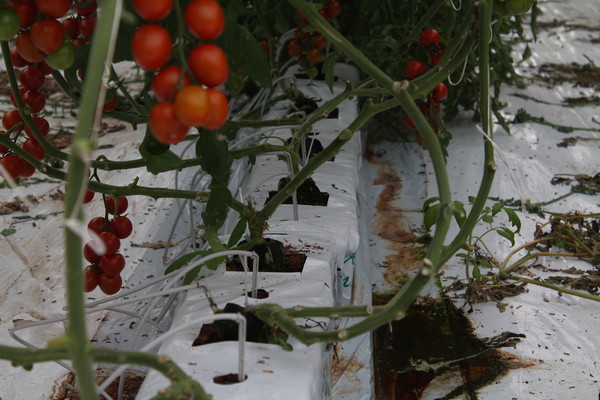
Fertigation: "precision" intervention
A new way to fertilize crops and improve yields while reducing quantities of the products used per hectare, lower managements costs, cut the time taken for operations and impact on the environment, all to the advantage of the farming enterprise, is precision fertigation. This method requires the use of pipes buried under vineyard and fruit orchard rows for the distribution of nutritional substances along with irrigation water. Fertigation, a neologism combining fertilizer and irrigation, was the topic under discussion in a workshop sponsored by Edagricole, Precision Fertigation: Features, Practices and Innovation, held at EIMA International, the great exposition of agricultural and gardening machine underway in the Bologna Trade Fair Center. Experts in the field of technical innovations and farmers applying fertigation described the potential of the practice which must be carried out with great care to be effective. One of the most sensitive points in this technique is the preparation of the nutritional concentrate solution for the plants to inject into the micro irrigation system.
The most effective method for guaranteeing the correct dosage of nutrition to send to the plants is with the use of water soluble fertilizer in crystals or powder which requires a calculation of the exact time for complete solubilization. The best results for this procedure can be obtained with the use of a specific piece of equipment called a dissolver. There are small tanks with capacities of 1,000 to 2,000 liters with a system for the remix of the contents to help the fertilizer to dissolve. Another factor for achieving excellent results with this technology is having a plot with the correct size. Then there is the right calculation of the concentrations of the various substances to distribute and the capacity of the pump driving the solution through the plant as well as the timing of these treatments. The advantages of fertigation are a uniform distribution of nutritional substances close to the roots of the plants and maximun assimilation of the fertilizer by the plant crops to enhance their production potential. Morever, the method reduces the loss of substances due to washout or drift, less consumption by foliage, does not damage roots and reduces weeds because the fertilizer arrives only to the crop. Then too, the costs of these plant treatment operations with fertilizer are lower, as are CO2 emissions and fertigation can also speed up production in fruit orchards, vineyards and olive stands.








